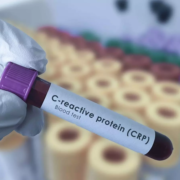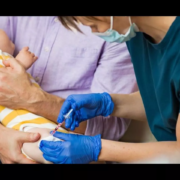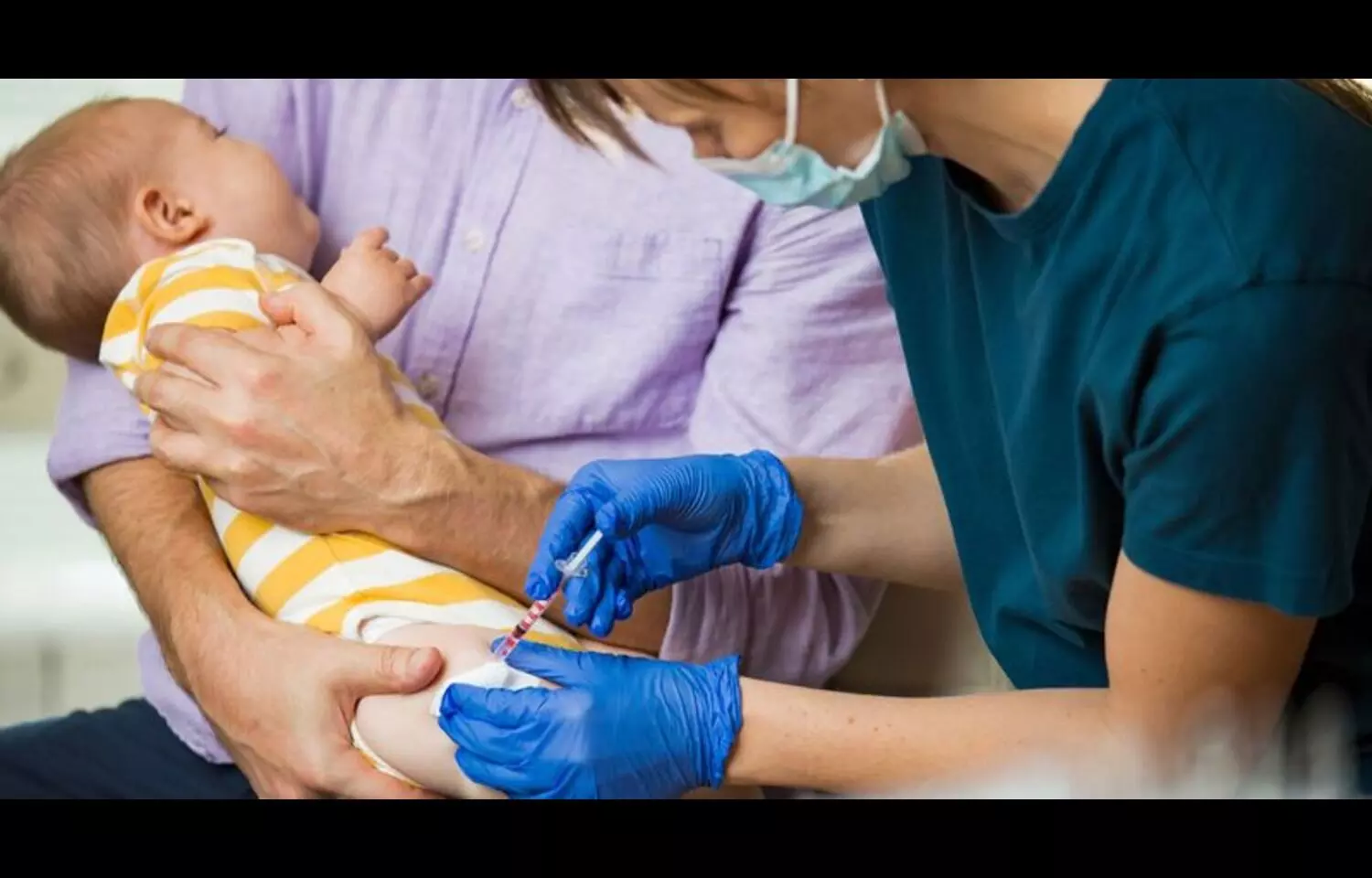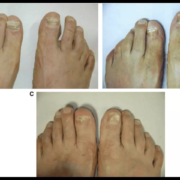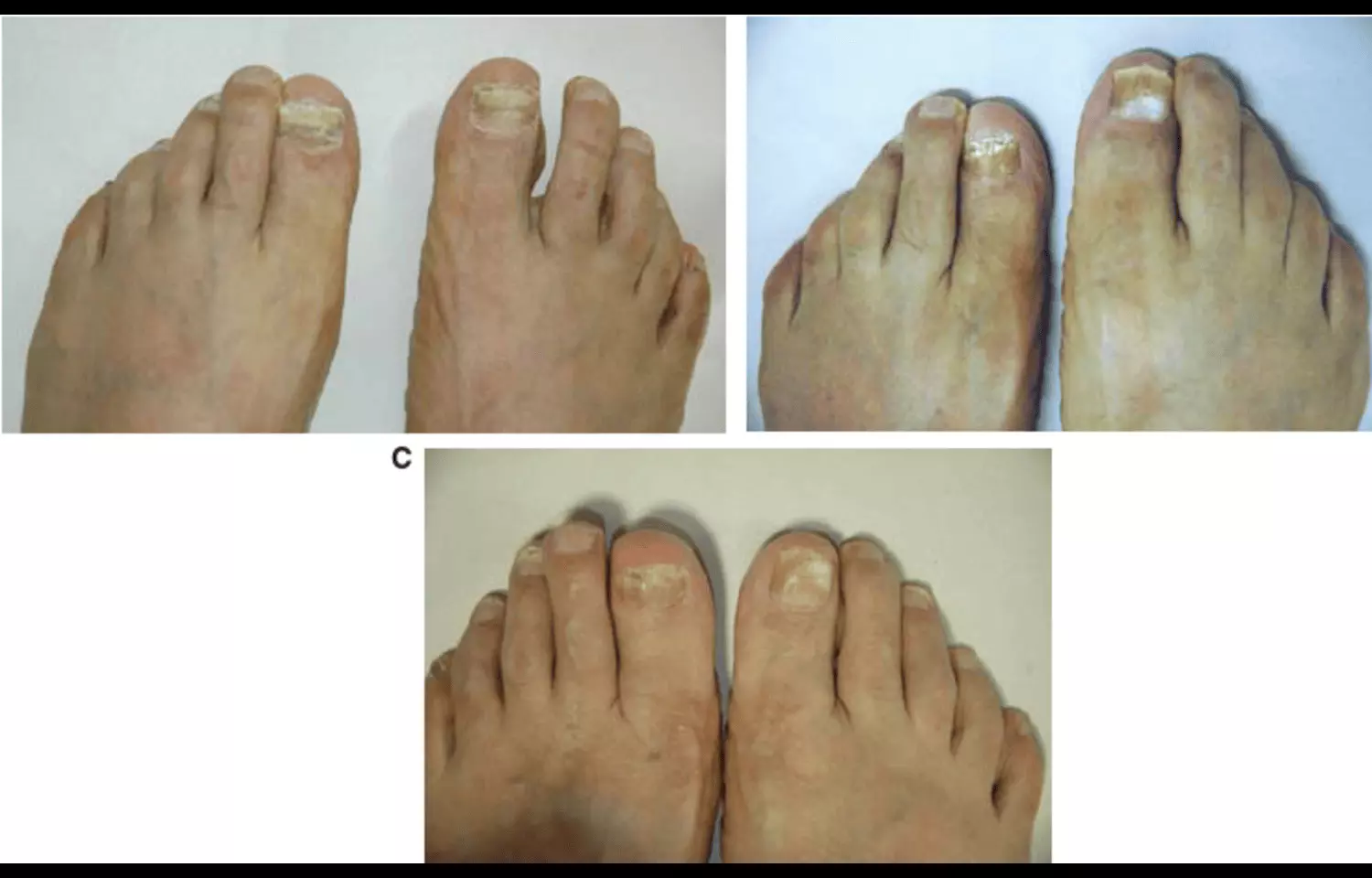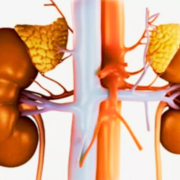C-reactive Protein–Triglyceride Glucose Index Independently Predicts Stroke Risk in Cardiovascular-Kidney-Metabolic Syndrome: Study

Researchers have identified in a new study that the C-reactive protein–triglyceride glucose index (CTI) is linearly and positively correlated with stroke risk among subjects with cardiovascular-kidney-metabolic (CKM) syndrome. The study concluded that CTI not only better predicts stroke risk compared to the well-established triglyceride–glucose index (TyG), but also represents a useful risk marker among patients with CKM stage 2 and 3, where the risk of stroke events is notably high. The study was published in BMC Cardiovascular Disorders by Yinsong Xu and fellow researchers.
The data from 5767 subjects with stages 0–3 CKM syndrome participating in the China Health and Retirement Longitudinal Study (CHARLS) were examined in this study. The participants were tracked from 2011 to 2020 to examine the development of incident stroke, as diagnosed by self-reported questionnaires.
The CTI was derived from the formula:
CTI = 0.412 × ln[hs-CRP (mg/L)] + ln[(triglyceride (mg/dL) × fasting glucose (mg/dL)) / 2]
More advanced statistical techniques such as Cox proportional hazards models, restricted cubic spline (RCS) analysis, and subgroup analyses were utilized to compare associations of CTI with risk of stroke. Predictive accuracy was compared with TyG and metabolic score for insulin resistance (METS-IR) using time-dependent ROC analysis. Multiple testing correction was achieved through the false discovery rate approach to provide robustness.
Results
-
After controlling for possible confounders, higher levels of CTI were significantly linked to increased risk of stroke (Hazard Ratio [HR] 1.33, 95% CI 1.18–1.51).
-
RCS analysis revealed a linear relationship, without any suggestion of nonlinearity (P for nonlinearity = 0.182).
Subgroup analysis showed stage-specific effects:
-
CKM Stage 2: HR 1.27, 95% CI 1.04–1.56 (P = 0.019; adjusted P = 0.023)
-
CKM Stage 3: HR 1.25, 95% CI 1.04–1.50 (P = 0.022; adjusted P = 0.025)
-
CKM Stages 0–1: No significant association seen
-
Predictive performance analysis also revealed that CTI outperformed TyG at both year 5 and year 7 in stroke prediction consistently, with DeLong’s test adjusted P = 0.028 for both contrasts.
The present nationwide cohort study supplies strong evidence that the CTI is independently and linearly related to stroke risk in CKM syndrome patients, especially at stages 2 and 3. In addition, CTI always presents higher predictive accuracy than TyG and thus has the potential to serve as an excellent clinical tool for risk stratification and early intervention in high-risk individuals.
Reference:
Xu Y, Chen S, Zhu J, et al. C-reactive protein-triglyceride glucose index and stroke risk in early cardiovascular-kidney-metabolic syndrome: a National cohort study. BMC Cardiovasc Disord. 2025;25(1):634. Published 2025 Aug 26. doi:10.1186/s12872-025-05143-3
Powered by WPeMatico

